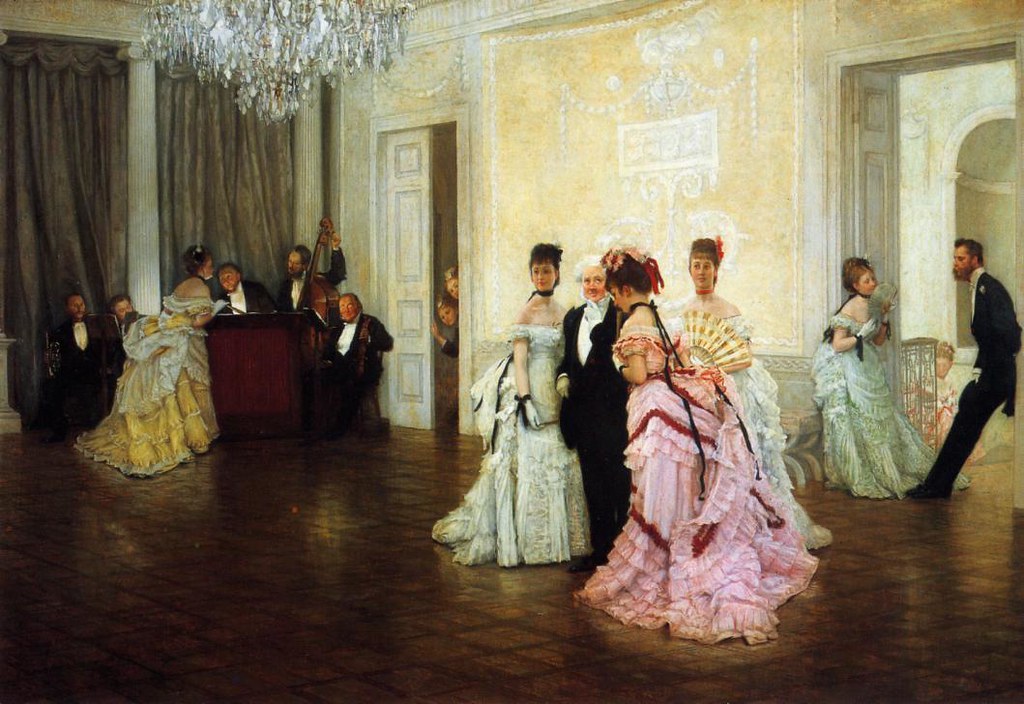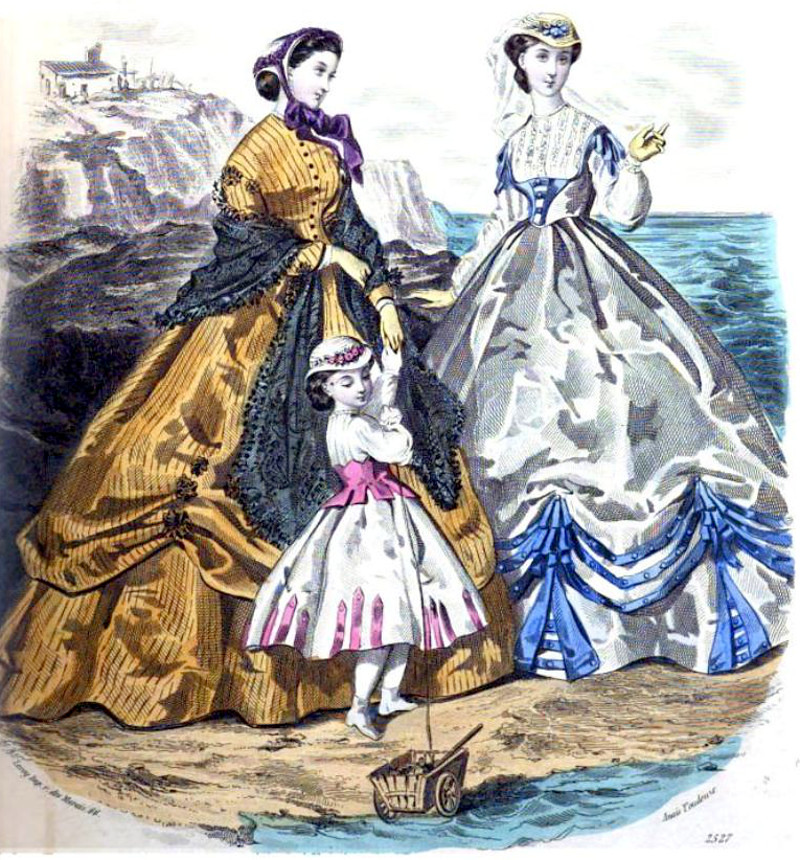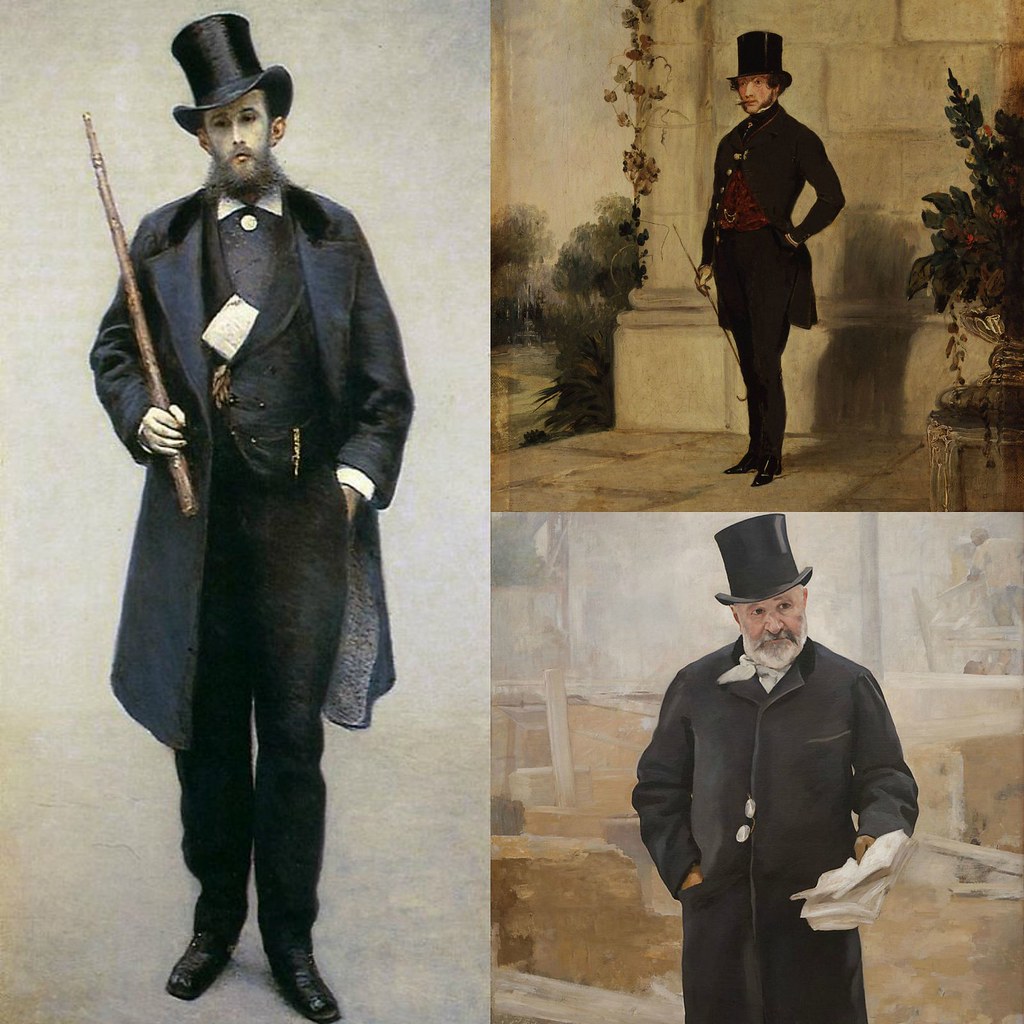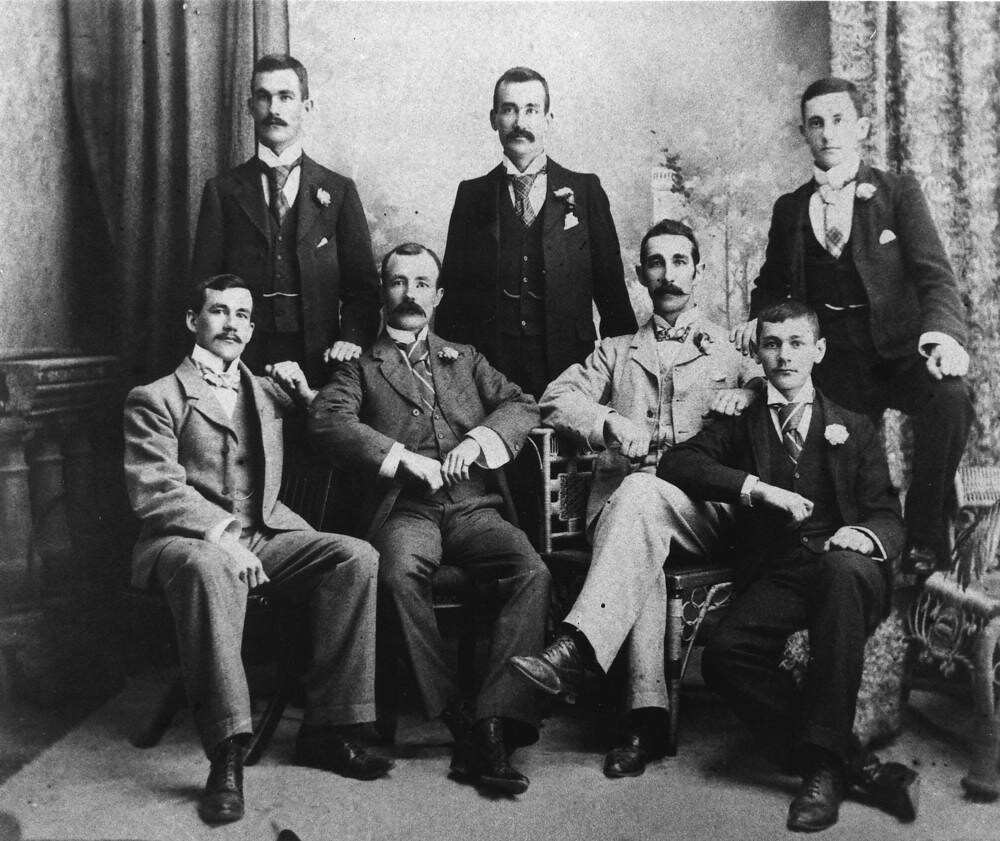Victorian ladies fashion is often characterized as ornate and covering the whole body. For men, it was formal and rigid.
We know from period paintings, fashion plate illustrations, and photographs that Victorians wore multiple layers of clothing, even during the summer months.
Women would often wear up to five layers—petticoats, corsets, and chemises worn under gowns, with various accessories such as shawls, gloves, and hats to complete the ensemble.

Men also had to wear several garments including wool pants, suit coats, waistcoats, ties and long sleeved shirts. Top hats were generally worn by upper class gentlemen and bowler hats by the working class.
Victorian women and men continued to wear multiple layers of clothing through the summer months, albeit often made from more lightweight fabrics.
So the big mystery is how did they keep cool?
Here are 10 ways Victorians managed to beat the heat.
1. Covered Porches

Covered porches helped reduce the amount of direct sunlight hitting the outside walls and downstairs windows.
Porch at the Old Tampa Bay Hotel, a National Historic Landmark, now part of the University of Tampa, Florida.
2. Awnings

Awnings were widely used on hotels and shop fronts to provide a cooler environment—both for those inside the store and window-shopping passersby.
3. Iced Drinks and Ice Cream

The ice trade allowed for a whole new category of chilled drinks to be created. By mid-19th century in America, water was usually served chilled.
Iced milk and German lager also used ice. Drinks such as sherry-cobblers and mint juleps were invented that could only be made using crushed ice.
Ice-cream could now be produced on a large scale. In 1850s Britain, the growing Italian community in London popularised ice cream with the general public.
4. Keeping Liquids Cool for Longer

Although pitchers weren’t new, the Victorian innovation was metal and porcelain liners to keep liquids inside cool.
Another idea to help handle the heavy pitchers when serving was to mount them on a tilt-swivel platform.
5. Hand-Held Fans

Purpose-made hand-held fans were shaped like a sector of a circle and made of paper or feathers mounted on slats which revolved around a pivot so that it could be closed when not in use.
Higher class Victorians also used highly decorative hand-held rigid screen fans to shield a lady’s face against the glare of the sun.
6. Air Circulation

The Victorians understood how air circulated through a house. They would open windows upstairs to release hotter air that rises, and this would draw in cooler air from the garden with its shade from plants and trees.
By opening windows in the evening, they could replenish the air inside the house with much cooler air.
7. Heavy Curtains and High Ceilings

Heavy curtains would be drawn during the day in rooms facing the sun.
Since hot air rises and cooler air sinks, high ceilings allowed the hottest air to rise into the uppermost space in a room so that people were essentially living in the coolest air.
8. House Plants

According to the University of Vermont, when plants release moisture into the air in a warm room, it can reduce the temperature by as much as 10 degrees.
9. Parks and Gardens

Parks must have seemed like oases to the working and middle classes. A wonderful place to cool off.
Trees absorb heat, and ponds and lakes would help cool the park temperature further.
The Victorians built many parks in major cities throughout the UK, but perhaps the most famous park built during the Victorian era was Central Park in Manhattan.
A proposal for European-style ornate entrances to Central Park was opposed in order to signal “that all were welcome, regardless of rank or wealth.”
10. Hats, Parasols, and Shade

Since the sun heats the earth through radiation, one of the best defences against the summer heat for a Victorian lady was protection from the sun’s rays.
Wide-brimmed hats and parasols not only protected, but were essential fashion accessories.
And after a stroll in the sun, what better way to cool down than to let nature protect—with its cooling canopy of shade.





